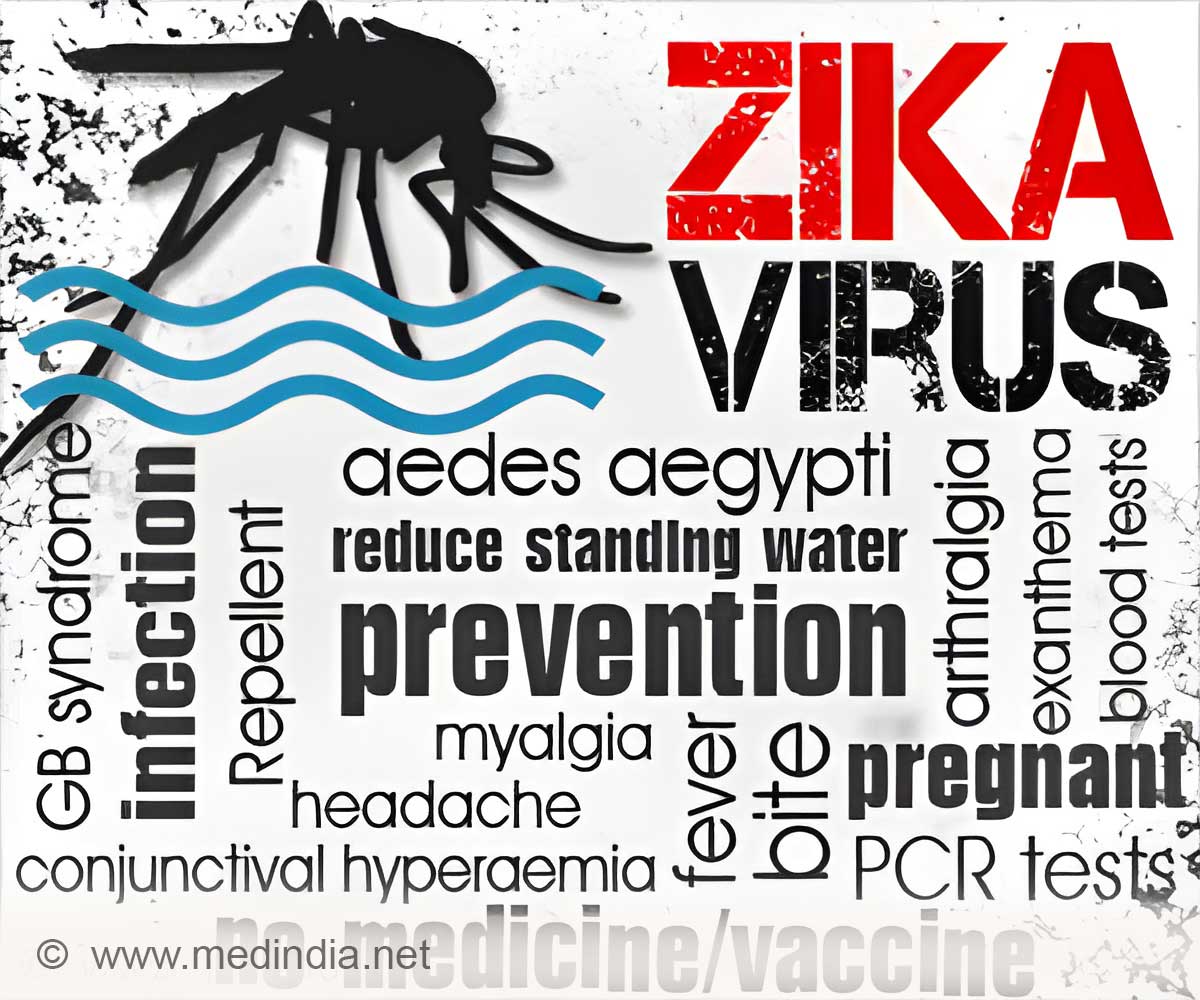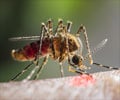Two reports show the evidence of Zika Virus disease in the neural tissue of affected infants in Europe, which may highlight its role in brain damage.

‘Researchers have found traces of Zika virus in the brain of an aborted fetus with severe microcephaly, which raises stronger evidence for the virus link with brain damage.
’





The infant’s mother, from Europe, had likely been infected with Zika in Brazil, which has borne the brunt of the virus outbreak and simultaneous microcephaly surge in Latin America and the Caribbean, they wrote. The work "is proof of the fatal effects of Zika virus on the fetus," the Ljubljana medical hospital, whose researchers did the work, said in a statement.
This was highlighted by the "presence of the virus in the brain tissue, and the absence of any other cause" of the child’s malformation, it added.
No scientific proof has been found that Zika causes microcephaly, though the UN’s World Health Organization (WHO) has said a link is "strongly suspected" and has declared Zika a "public health emergency of international concern."
There is no cure or vaccine for the virus which, in most people, causes mild symptoms.
Advertisement
A separate team led by researchers from the US Centers for Disease Control and Prevention reported on tests on two newborns with microcephaly who died within 20 hours after birth, and two miscarriages.
Advertisement
"This report describes evidence of link between Zika virus infection and microcephaly. To better understand the pathogenesis of Zika virus infection and associated congenital anomalies and fetal death, it is necessary to evaluate autopsy and placental tissues from additional cases," wrote the team.
Source-AFP














